(494 products available)


















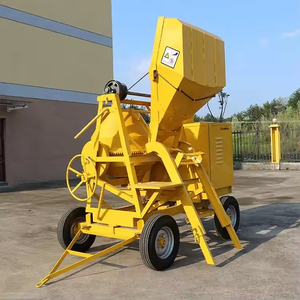











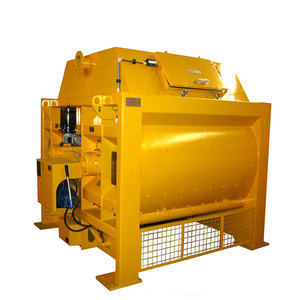











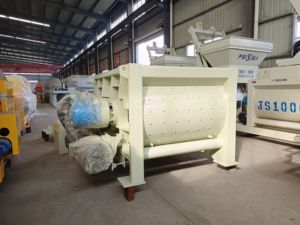

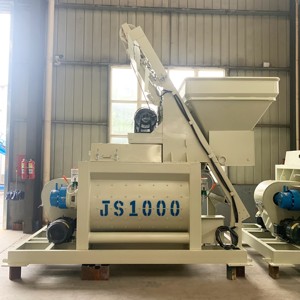









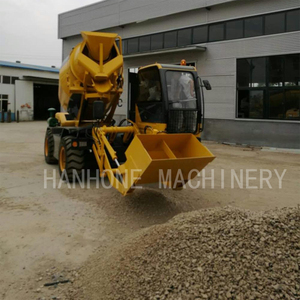





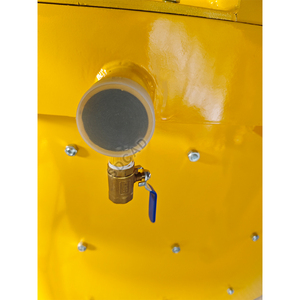






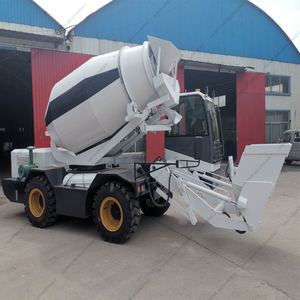







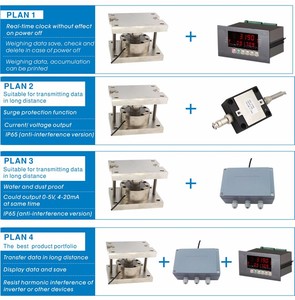

















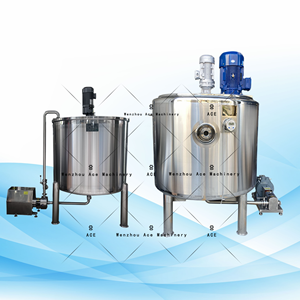
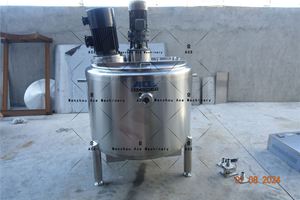










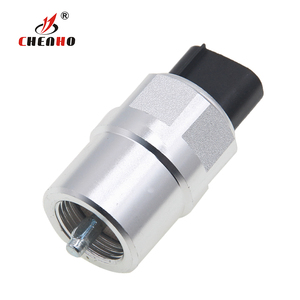












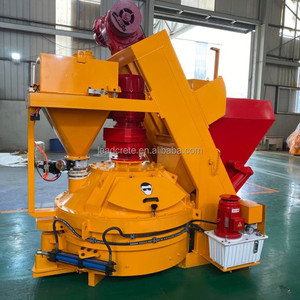

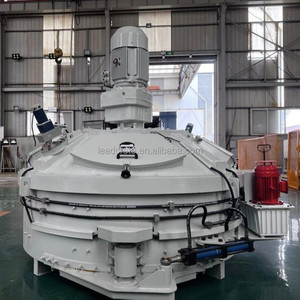






































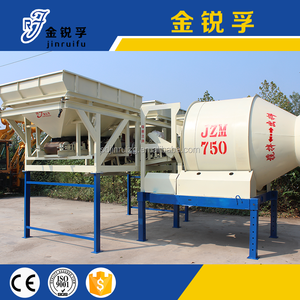
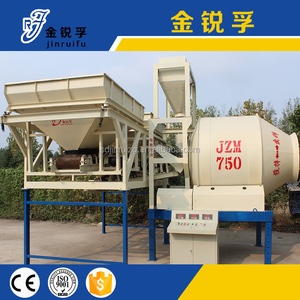



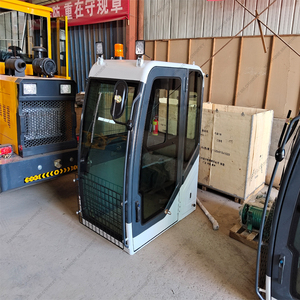








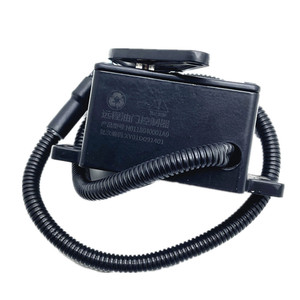




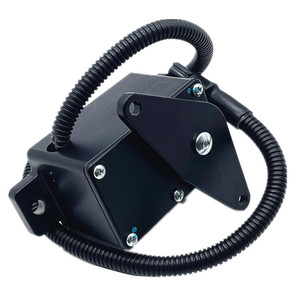
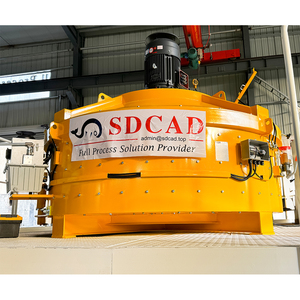

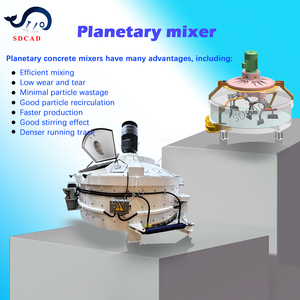





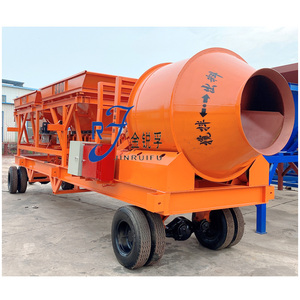

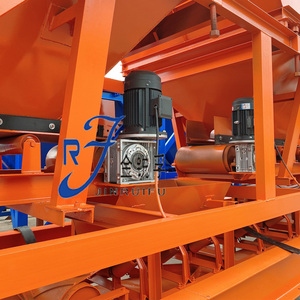
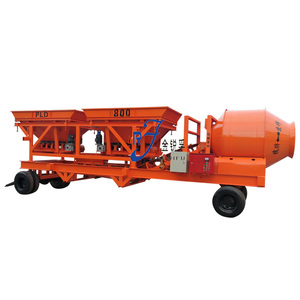









Market Overview: The concrete mixer market has demonstrated robust growth, expanding from USD 15.53 billion in 2023 to USD 16.20 billion in 2024, with an anticipated compound annual growth rate (CAGR) of 4.46%, potentially reaching USD 21.09 billion by 2030, according to 360iResearch™. This growth is largely driven by increasing infrastructure development and urbanization, which heightens the demand for efficient concrete mixers equipped with advanced sensors. The market is characterized by a diverse range of products, including portable mixers and large commercial trucks, catering to various construction needs. Notably, the integration of innovative sensor technologies enhances operational efficiency and monitoring capabilities, aligning with current industry trends towards automation and smart construction solutions.
Regional Insights: The demand for concrete mixers is particularly strong in the Americas, where substantial infrastructure projects fuel market growth. The U.S. market alone was valued at approximately USD 1.1 billion in 2023. Meanwhile, the Asia-Pacific region, especially China and India, is witnessing significant growth due to rapid urbanization and increased investments in residential projects. The push for environmentally friendly concrete mixer solutions, such as electric-powered models, is gaining traction, reflecting a broader trend towards sustainability in construction. However, challenges like high operational costs and stringent environmental regulations regarding emissions persist, influencing purchasing decisions. As companies continue to innovate and adapt to these dynamics, the concrete mixer market is poised for sustained growth, particularly in sensor-driven applications that enhance performance and compliance.
Concrete mixer sensors are instruments used in concrete mixers to provide real-time information about the conditions and characteristics of the concrete being mixed. These kinds of sensors have specific functions that ensure the quality of concrete and the proper working of the concrete mixer.
Temperature Sensors
Temperature sensors are used to monitor the temperature of the concrete mix. They usually utilize thermocouples or thermistors as an element to measure temperature. By measuring the temperature, temperature sensors help to control the hydration process of cement, avoid the risk of thermal cracking, and ensure the quality and consistency of the concrete.
Pressure Sensors
Pressure sensors are used to monitor the pressure inside the mixing drum of the concrete mixer. They can directly measure the mixing pressure through pressure transducers or pressure switches. Pressure sensors ensure the stability and safety of the concrete mixer by monitoring the pressure changes, thus preventing overpressure or leakage. Meanwhile, pressure sensors can also be used to monitor the pumping pressure in concrete pump mixers. This helps to control the quality and consistency of the concrete by monitoring the pressure of the concrete transmission system, ensuring that the pressure is within the proper range.
Flow Sensors
Flow sensors are used to monitor the water flow rate or other liquid flow rates added to the concrete mixer. They usually utilize flow meters or flow switches as their working principles. By monitoring the addition of water and other liquids, flow sensors can control the water-cement ratio and consistency of the concrete, thus influencing the strength and durability of the final product.
Speed Sensors
Speed sensors are used to monitor the mixing speed of the concrete mixer. They usually utilize speed sensors or encoders as measuring elements. Speed sensors can provide feedback on mixing speed, ensuring that the mixing process is carried out according to set standards and procedures. This can enhance the homogeneity and workability of the concrete.
Moisture content sensor
The moisture content sensor is used to monitor the moisture content or humidity of the aggregates (such as sand and gravel) in the concrete mixer. This kind of sensor can be applied to the measuring system to realize the measurement of the moisture content. By monitoring the moisture content of the aggregates, the water-cement ratio can be precisely controlled, and consistency can be ensured in different batches of materials, thus improving the quality and stability of the concrete.
The concrete mixer sensors are usually built with some specific features. Knowing these is necessary for effective maintenance practices.
Durable Material
Concrete mixer sensors are commonly built with materials that can withstand harsh environments. This makes it easier for them to resist wear and corrosion during use. Sensors built with such materials also demand less frequent maintenance and replacement.
Accuracy
For effective concrete mixing, the sensor has to accurately measure the amount of material needed and subsequently control the feed gates. Frequent maintenance is required to ensure they deliver precise measurements consistently. This will help the mixers avoid over/under feeding of materials, which can compromise the quality of the final product.
Dust And Water Resistance
Dust and water resistance sensors are protected against particles and moisture. This protects the internal components from damage. This feature increases lifespan and reduces the need for regular maintenance and repairs.
Temperature Range
Concrete mixer sensors are built to operate effectively within a certain temperature range. Sensors that operate outside of the specified temperature range may become less sensitive or fail completely. This, in turn, will affect the quality of the concrete mix. To stay within the recommended operating temperature range, mixers should avoid exposure to extreme heat or cold.
Concrete mixer machine sensors are mainly used to improve the performance and safety of concrete mixers. They are typically used in the following scenarios:
The technology surrounding sensors is developing quickly. It is now possible to get specific and intricate details about every batch of concrete, along with data relating to how the mixer is performing. Data transfer and storage capacity is getting better all the time, allowing more significant amounts of information to be stored.
When buying concrete mixer sensors, consider the following:
Q: What does a concrete mixer sensor do?
A: The concrete mixer sensor controls several aspects of mixing concrete, such as the quality of the mix, feeding, water rate, temperature, humidity, airflow, and level control of different materials used to make concrete.
Q: How do concrete mixer sensors work?
A: Concrete mixer sensors have transducers that convert the mix's quality and material's physical properties into an electrical signal. This signal is then processed by the control unit to make adjustments if needed to the mix according to the desired specifications.
Q: What are the benefits of concrete mixer sensors?
A: Concrete mixer sensors help ensure uniformity in batches of mixed concrete, improve consistency and quality, reduce material waste, optimize the use of resources, and enhance the overall efficiency of the concrete production process.
Q: Do concrete mixers have sensors?
A: Yes, modern concrete mixers are equipped with various types of sensors that help monitor and control different parameters during the mixing process to ensure the quality and consistency of the concrete mix.